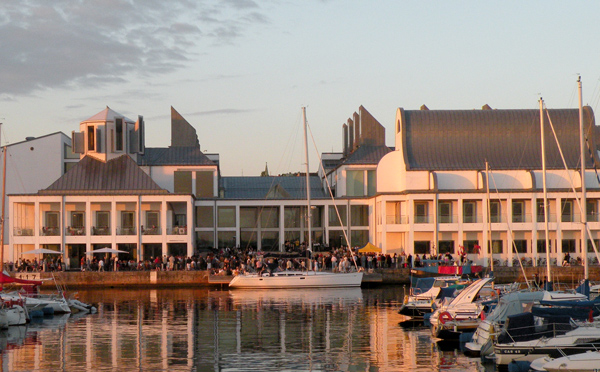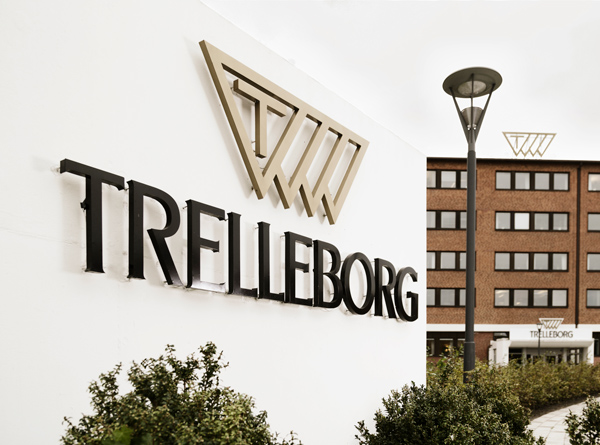Through hard work, Henry Dunker succeeded in building a group that would become the largest in the rubber industry in Europe. Henry Dunker donated and bequeathed a substantial fortune to foundations before his death in 1962.
The life of Henry Dunker
1870
Henry Dunker is born in Esbjerg, Denmark. His mother was Danish and father German.
1886
Henry is sent to Germany to carry out a traineeship and to learn office work.
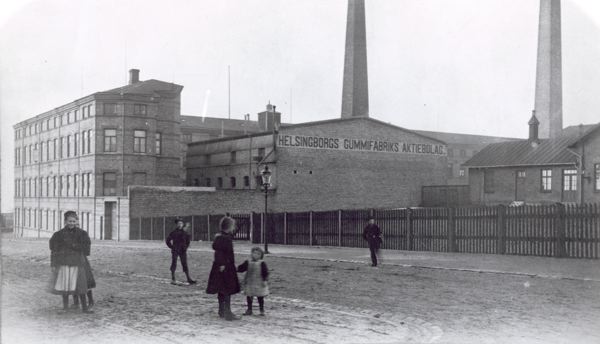
1891
Henry is called home to help out at his father's newly established Helsingborgs Gummifabrik AB, which manufactures galoshes. He is sent to Russia to learn more about manufacturing rubber.
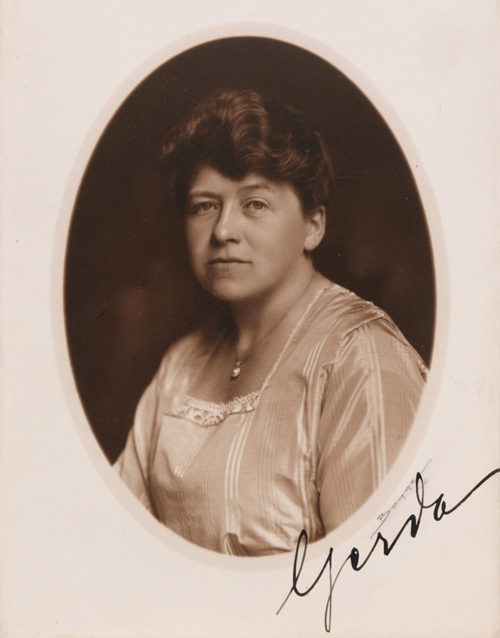
1902
Henry Dunker marries Gerda Sylvan.
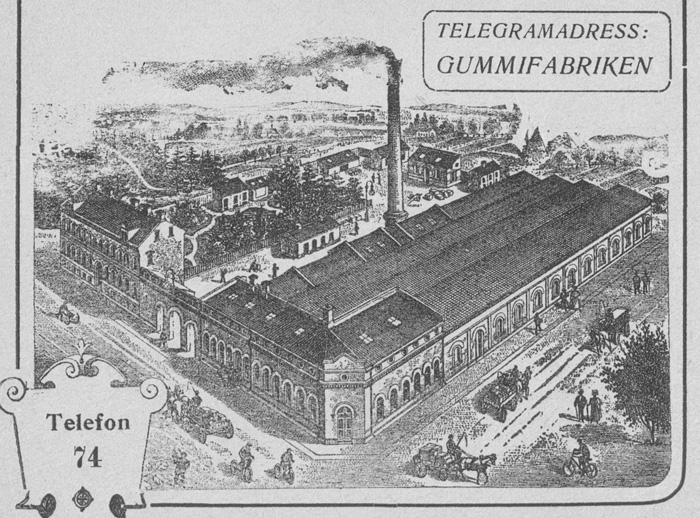
1905
Henry Dunker acquires the majority shareholding in Trelleborgs Gummifabrik (formerly Velox) and together with Johan Kock becomes co-owner of the company.

1922
Henry Dunker has Villa Hevea built at Tågaborg in Helsingborg.
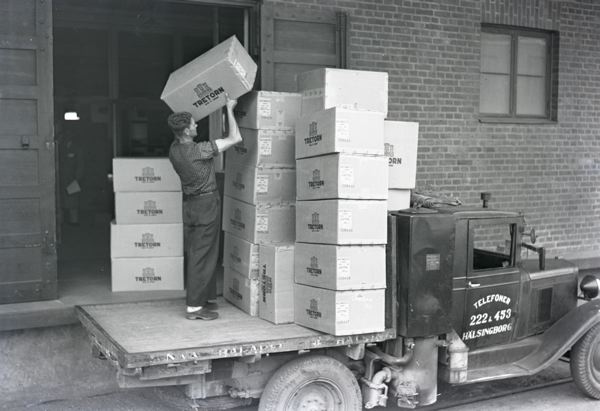
1934
Dunker’s rubber group changes its name to AB Tretorn. The company primarily manufactures rubber shoes, balls and tyres.
1953
Henry forms the Henry and Gerda Dunker Foundation, with the aim of promoting the care of the seriously ill and of medical research, predominantly into cancer, in memory of his wife Gerda who passed away in 1936.
In accordance with the foundation's decrees, following Henry Dunker's death the foundation would acquire Villa Hevea so that it would then be used as a hospital for the purpose of the foundation.
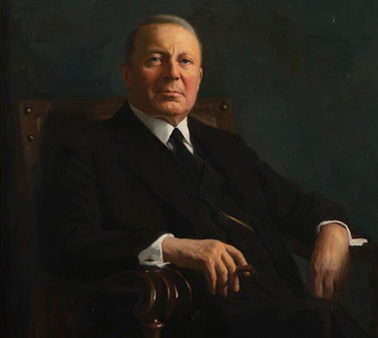
1962
Henry Dunker dies, at the age of 92, and is said to have been Sweden's richest person. He bequeathed Henry and Gerda Dunker's Donation Funds and the Henry and Gerda Dunker Foundation a fortune of SEK 58 million, a huge sum at that time.
Henry Dunker
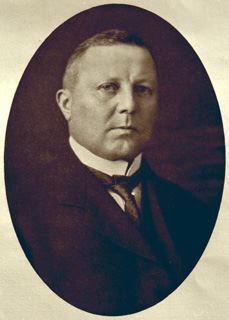

Henry Dunker learned everything from scratch
Dunker's group became European leaders
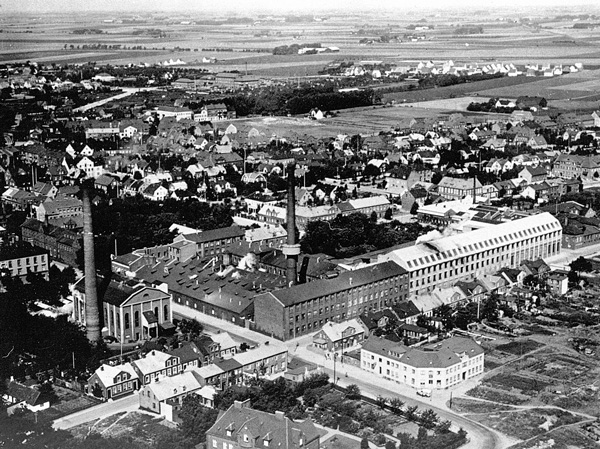
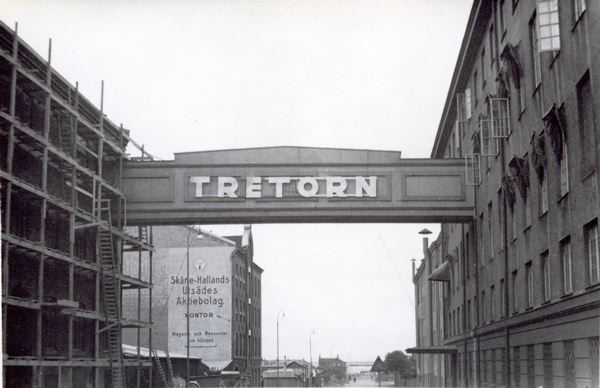
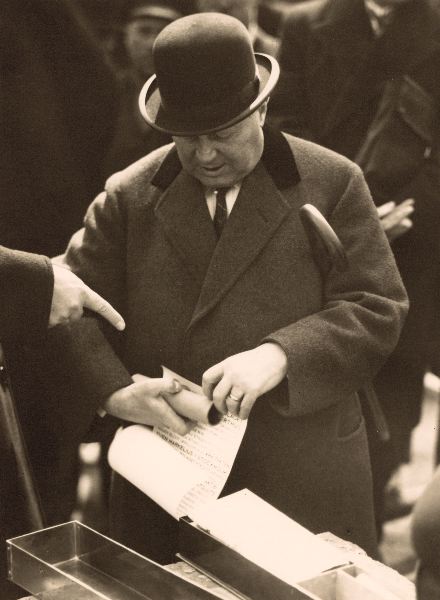
Dunker - a tough but kind-hearted boss at "Galoschan”
Private life at Villa Hevea

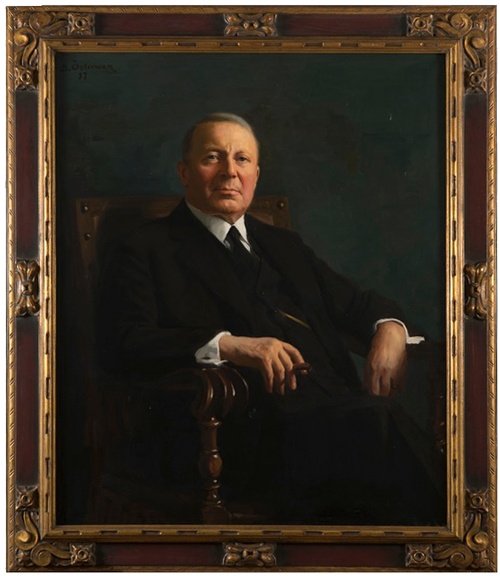
Henry Dunker - local patriot
Cultural life in Helsingborg
